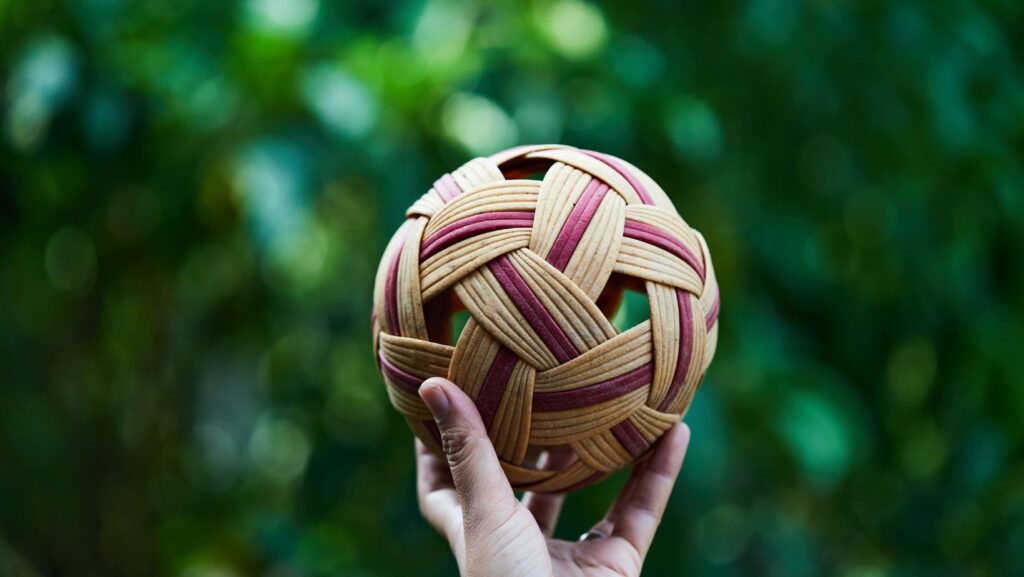As a sports enthusiast, I’ve always been fascinated by the rich cultural heritage that traditional Mexican sports offer. From the adrenaline-pumping game of Ulama to the strategic prowess required in Pelota Mixteca, these sports are a testament to Mexico’s vibrant history and traditions. In this article, I’ll delve into the captivating world of traditional Mexican sports, exploring their origins, rules, and significance in Mexican society.
Join me on a journey through the colorful tapestry of Mexican sports, where ancient traditions collide with modern-day athleticism. Whether you’re a sports fanatic or a history buff, there’s something for everyone in the realm of traditional Mexican sports.
History of Traditional Mexican Sports
When delving into the history of traditional Mexican sports, we uncover a rich tapestry of cultural significance and ancient practices. These sports have deep roots in indigenous traditions, dating back centuries. The games were not only forms of entertainment but also held spiritual and ritualistic importance for the communities that played them.
- Ulama was one such sport that symbolized more than just a game – it represented cosmic beliefs and was often linked to sacrificial rituals.
- Pelota Mixteca, on the other hand, showcased the athletic prowess of the players while maintaining a connection to ancestral customs.
Exploring the origins of these sports offers a glimpse into pre-Hispanic Mexico and the merging of physical activity with cultural heritage. The rules of these games were not merely guidelines for play but reflections of societal values and beliefs.

Traditional Mexican Sports
Ulama is one of the oldest ball games in the world, with roots dating back over 3,500 years. It symbolized more than just a sport; it was a reflection of cosmic beliefs and connected to sacrificial rituals. The court represented the universe, divided into sections symbolizing elements like earth, fire, water, and air. Players had symbolic roles representing the sun and moon, with the game serving as a ritual battle.
In Ulama, the rubber ball represented celestial bodies and was struck with hips rather than hands or feet. The game had strict rules and often ended with momentous consequences, such as the winning team being sacrificed. Ulama’s significance extended beyond sport; it was a spiritual and communal experience that reinforced societal order.
The game of Ulama highlighted the spiritual connection between people and the cosmos. Through its gameplay and symbolism, Ulama showcased the deep-rooted beliefs and traditions of pre-Hispanic Mexico.
Pelota Mixteca: The Strategic Sport
When it comes to traditional Mexican sports, Pelota Mixteca stands out as a strategic and engaging game. Originating in the state of Oaxaca, this sport has a rich history and cultural significance that has been passed down through generations.
Pelota Mixteca is played on a rectangular court, with players using a large, solid rubber ball to score points by hitting it with their hips. Strategy plays a crucial role in this sport, as players must anticipate their opponents’ moves while also working collaboratively with their teammates.
This traditional Mexican sport is not just a game but a reflection of the cultural values and spiritual beliefs of the communities that participate in it. Pelota Mixteca serves as a way to connect with tradition, honor ancestors, and strengthen community bonds through friendly competition.

Mesoamerican Influence on Mexican Sports
When exploring traditional Mexican sports, it’s essential to acknowledge the deep-rooted influence of Mesoamerican civilizations. From the ballgame played by the Olmecs to the Aztec’s ceremonial matches, ancient traditions have significantly shaped modern sports in Mexico. The cultural significance of these sports goes beyond mere physical activities, reflecting a rich tapestry of beliefs, rituals, and community interactions.
Pelota Mixteca, for example, traces its origins to pre-Hispanic times when indigenous communities used the game for various purposes, including settling disputes and honoring deities. The strategic elements and teamwork required in Pelota Mixteca are reminiscent of the tactics employed by Mesoamerican players in their ballgames centuries ago.
The spiritual dimension of Mesoamerican sports is evident in the rituals and symbolism surrounding them. Whether it’s the reverence for the ball as a cosmic symbol or the intricate connections between gameplay and cosmic cycles, these sports carry profound spiritual meanings that resonate with the cultural heritage of Mexico.
By embracing and perpetuating these ancient traditions, Mexican sports enthusiasts not only engage in physical activities but also partake in a cultural legacy that binds them to their indigenous roots. The fusion of athleticism, spirituality, and community in traditional Mexican sports underscores the enduring legacy of Mesoamerican influence on the sporting landscape of modern Mexico.

